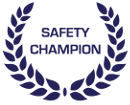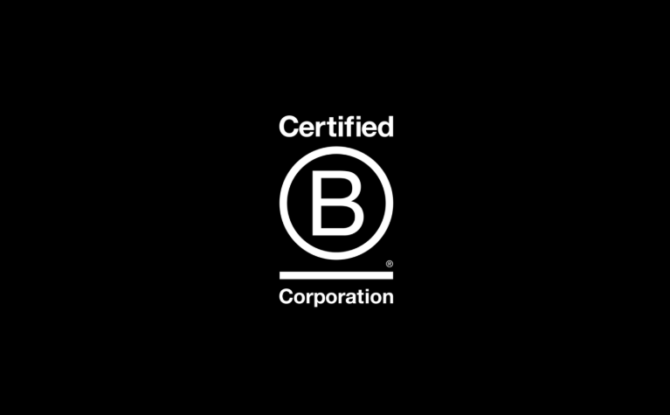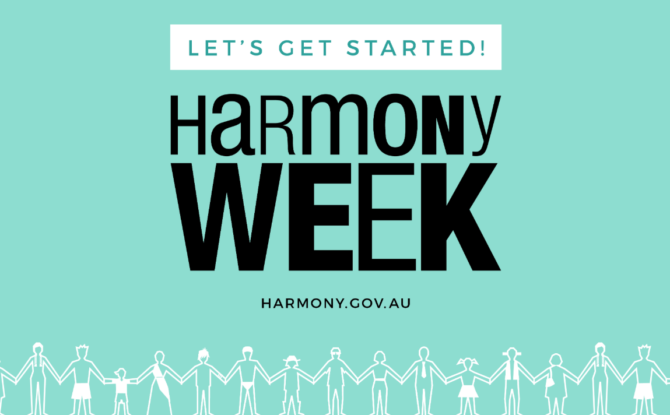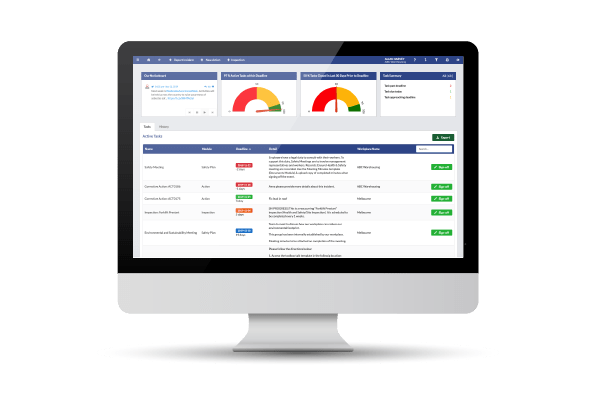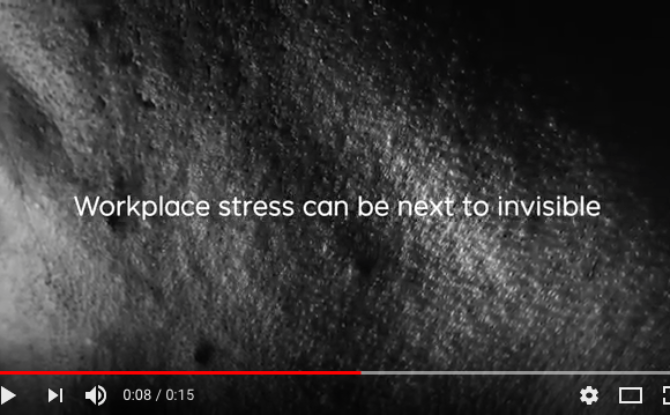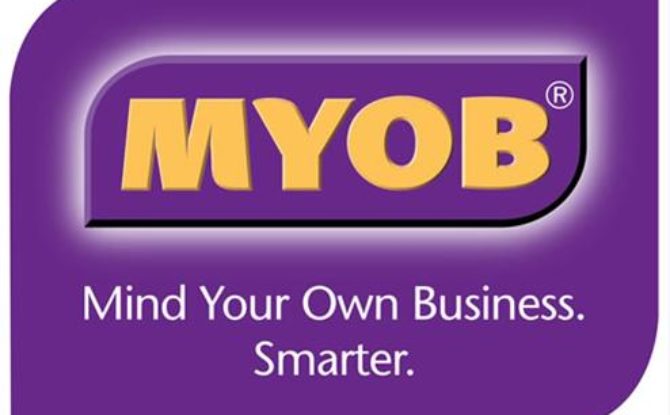This week, we started our B Corp Certification Journey.
We sat down to complete the B Corp Impact Assessment tool to see how Safety Champion stacks up as a socially and environmentally responsible business. And, wow, what a process it was.
Not exactly easy or fast – the assessment really makes you see just how much we could all be doing in our workplaces to support the social and environmental health of business in general.
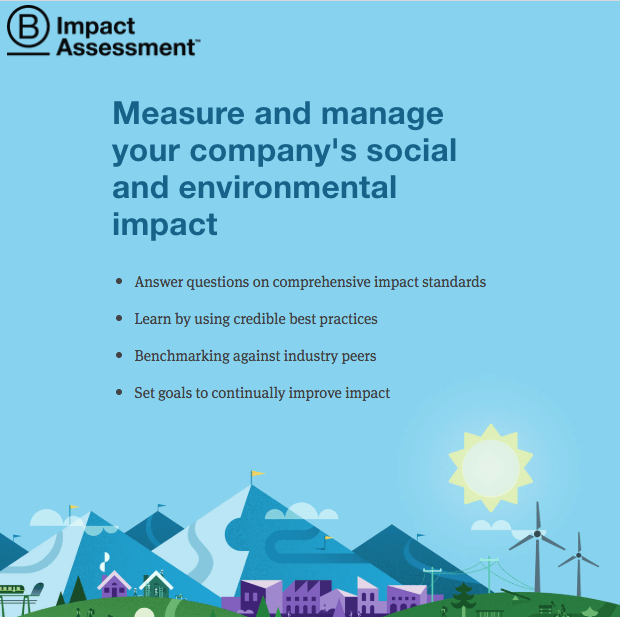
Now, you may be reading this wondering what a B Corp Certification is. If so, a brief description for you;
A B Corp Certification is a certification awarded to a business that meets and upholds the highest standards of social and environmental performance, public transparency, and legal accountability.
In other words, it’s for-profit business that pledges to balance profit and purpose, measuring and improving its impact on its workers and customers, and the community and environment around it.
Businesses you know that are already B Corps
Some fantastic, purpose-driven businesses are Certified B Corporations. Kathmandu, KeepCup, CultureAmp – to name a few.
It’s great to see so many Australian-based businesses like us finding their way into the list as well – including a few of our very own Safety Champion customers like T2!
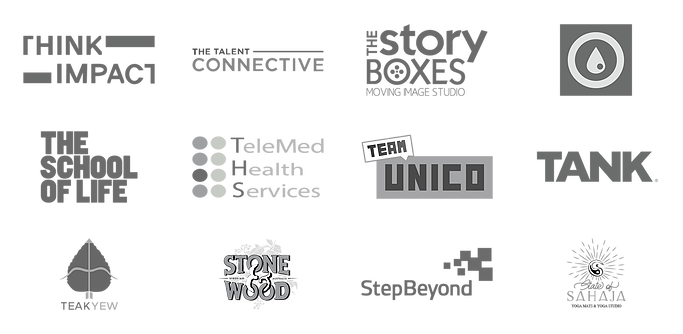
Our purpose-driven work in health and safety
Now for us, as a health and safety company, we were feeling pretty confident as we set out to complete the assessment. We already feel like we have really clear purpose and make a positive contribution towards the wellness of others.
After all, it’s why we work in this industry in the first place. It’s in our DNA to support the businesses we work with, and each other, to be healthier and safer at work.
Plus, ethics plays a big role in our work as consultants. As Professional Members of the Australian Institute of Health and Safety we are duty borne to hold ourselves and our practices against the requirements of the Code of Ethics.
This places obligations on us to practice and work in an objective manner; follow recognised OHS principles as specified in the relevant federal or state/territory legislation; and realise the lives, health and welfare of individuals may be dependent upon our judgement.
Yet, was it enough?
As it turns out, we had to demonstrate more. To become a B Corp Certified business, it isn’t quite enough to simply work in an industry that already has social purpose.
What were we doing that was over and above? And what were we doing to really encourage positive change for our team members, our customers and elsewhere… that is, beyond our core service offering.
The impact assessment asked us about things like;
- results from our employee engagement surveys,
- how we give back to the community around us,
- what environmental targets we have in place – and how we track them,
- how transparent we are with financial information,
- our policies and procedures,
- and more. Yes – it’s a lot.
Established initiatives but more to go…
Thankfully, we found we were well on our well and scoring points in many places beyond our work in health, safety and wellbeing.
Based on the efforts we’ve gone to over the past year or so to establish more meaning, purpose and drive in our business, we had already set in place many of initiatives that help demonstrate we are a business that cares about people, planet, and profit.
A few of the areas that put us in good stead for certification;
-
We offer a 20% discount for non-profits listed on the Australian Charities and Not-for-profits Commission, so that they can utilise more of their funds on their purpose and cause
-
We developed a free safety software plan so that those in our community without the financial means can still access a fantastic tool to help keep their workers safer from harm at work
-
We regularly provide publicly available resources and advice to guide people towards success in safety – including monthly webinars, blogs, and guidance documents.
-
We’ve worked pretty hard establishing a clear mission, vision and values under which we work – along with supporting documents. We have documented Operational Manuals to provide clarity and transparency on our internal processes.
Whilst we haven’t yet submitted our formal application to become a B Corp yet, the results of the impact assessment let us know we’re in a good place to continue to this next step.*
Yes, we have some areas to work on to improve things here and there, but it wouldn’t be a strong certification without it.
*Correction Nov 2020: We’ve lodged our application!
Learn more about Certified B Corporations here: https://www.bcorporation.com.au/
